
Kód: 04516845
Microeconomics
Autor John P. Burkett
The most innovative feature of the book is its extensive coverage of recent research in behavioral and experimental economics. This research not only documents behavior inconsistent with some elements of traditional theory but als ... celý popis
- Jazyk:
 Angličtina
Angličtina - Väzba: Pevná
- Počet strán: 352
Nakladateľ: Oxford University Press Inc, 2006
- Viac informácií o knihe

Mohlo by sa vám tiež páčiť
-

Hercule Poirot's Christmas
21.50 € -

Journal of Joyce Carol Oates
20.29 € -3 % -

Teaching Religion and Science
55.91 € -

Gilles Deleuze: Image and Text
72.45 € -

Place Within
11.66 € -4 % -

Technique for Meditation
17.75 € -

Strategic Conflict
60.88 € -

Introduction to Natural Computation
69.81 € -

Nature Power
24.35 € -4 % -

American Workers, American Unions
39.16 € -
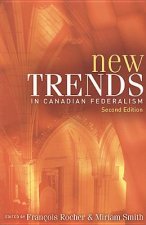
New Trends in Canadian Federalism
54.28 € -

Organic Reactions V 2
286.58 € -

Chinese Reportage
142.68 € -

My Baptism Album
15.31 € -9 %
Darujte túto knihu ešte dnes
- Objednajte knihu a vyberte Zaslať ako darček.
- Obratom obdržíte darovací poukaz na knihu, ktorý môžete ihneď odovzdať obdarovanému.
- Knihu zašleme na adresu obdarovaného, o nič sa nestaráte.
Viac informácií o knihe Microeconomics
Nákupom získate 445 bodov
 Anotácia knihy
Anotácia knihy
The most innovative feature of the book is its extensive coverage of recent research in behavioral and experimental economics. This research not only documents behavior inconsistent with some elements of traditional theory but also advances positive theories with superior predictive power. The research covered includes studies of loss aversion, reference-dependent preferences, the context and framing of choice, hyperbolic discounting and inconsistent intertemporal choice, predictable errors in updating probabilities, nonlinear weighting of probabilities, and prospect theory. The importance of this material was highlighted by the Swedish Academy of Sciences when it awarded the 2002 Prize in Economic Sciences to Daniel Kahneman (a psychologist who helped lay the foundations of behavioral economics) and Vernon Smith (an experimental economist). Although the topics are "advanced" in the sense that they are near the frontier of economic research and seldom-covered in textbooks, they are readily comprehended because they center on simple controlled experiments and relate to everyday concerns. Covering results from behavioral and experimental economics along with traditional microeconomic doctrine involves re-balancing three key components of economics: issues, theory, and data. Traditional introductions emphasize issues, sketch theory, and use data only to illustrate theory. More advanced texts traditionally focus on theory, relegating issues and data to asides. Any data in traditional texts are usually from observational (non-experimental) studies. The relationship between theory and observational data is likely to be ambiguous until probed by advanced econometric methods and may remain so even then. Recognizing that few students have the econometric skills needed for serious analysis of observational data, some authors focus their texts almost exclusively on theory and issues. Although widely used, such texts discomfort students and professors to whom data-free exposition smells of indoctrination. In comparison to traditional texts, this book places more emphasis on experimental data, both when they support received theory and when they reveal anomalies. Thus the book covers both feed-lot experiments that generate conventionally shaped isoquants and choice experiments that cast doubt on the predictive value of expected utility theory. The book presupposes nothing beyond high-school algebra and intellectual curiosity. It is intended for undergraduate classes and independent reading. Anyone writing for an audience that includes undergraduates must decide how to handle the growing gap between the rudimentary mathematical skills acquired in secondary schools, particularly in the United States, and the growing mathematical prerequisites for reading economists' professional journals. This gap must somehow be bridged if undergraduates are to be prepared for employment or graduate study in economics and related fields. To be fully prepared, students need not only classes in mathematics but also practice in formulating and solving quantitative economic problems. Too many texts either omit such problems or assume that students come fully equipped to handle them. In contrast, this text offers many opportunities to apply high-school algebra in an economic context and to develop basic skills in linear programming and risk modeling. Through footnotes and parenthetical remarks, it also encourages readers to make good use of any calculus they know. Exercises appear where appropriate in the text; solutions and supplemental problems are collected at the ends of chapters. When teaching from the book, I usually start each class by asking students if they had trouble solving any problems in the previous chapter and end class by helping students tackle the problems in the current chapter. By solving the problems students can make appreciable progress toward becoming competent economists.
 Parametre knihy
Parametre knihy
Zaradenie knihy Knihy po anglicky Economics, finance, business & management Economics Microeconomics
178.50 €
- Celý názov: Microeconomics
- Autor: John P. Burkett
- Jazyk:
 Angličtina
Angličtina - Väzba: Pevná
- Počet strán: 352
- EAN: 9780195189629
- ID: 04516845
- Nakladateľ: Oxford University Press Inc
- Hmotnosť: 816 g
- Rozmery: 262 × 184 × 24 mm
- Dátum vydania: 31. March 2006
Obľúbené z iného súdka
-
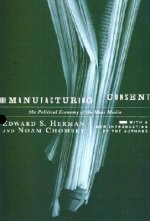
Manufacturing Consent
21.40 € -7 % -

Confessions of the Pricing Man
31.45 € -18 % -
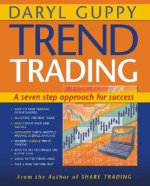
Trend Trading - A Seven-step Approach to Success
44.95 € -19 % -

Bringing Home the Birkin
11.05 € -23 % -

Microeconomics, Global Edition
106.65 € -

Microeconomics
101.98 € -

Workouts in Intermediate Microeconomics
84.93 € -

Microeconomics, Global Edition
116.49 € -

Intermediate Microeconomics: A Modern Approach
78.34 € -
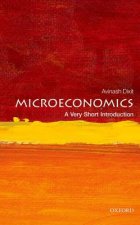
Microeconomics: A Very Short Introduction
10.04 € -22 % -

Intermediate Microeconomics with Calculus: A Modern Approach
79.45 € -

Power to Compete
20.69 € -21 % -

Advanced Microeconomic Theory
76.81 € -
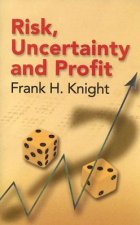
Risk, Uncertainty and Profit
18.26 € -4 % -

Practitioner's Guide to Stochastic Frontier Analysis Using Stata
79.15 € -

Model Essays for IB and A Level Economics
25.97 € -

Model Essays for IB & A Level Economics
25.97 € -
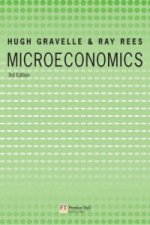
Microeconomics
116.29 € -
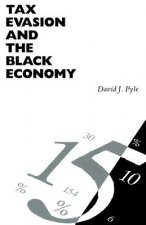
Tax Evasion and the Black Economy
57.73 € -4 % -
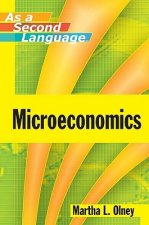
Microeconomics as a Second Language
15.72 € -71 % -

Microeconomic Analysis
79.86 € -
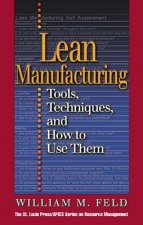
Lean Manufacturing
127.76 € -
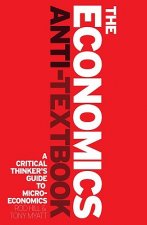
Economics Anti-Textbook
46.67 € -
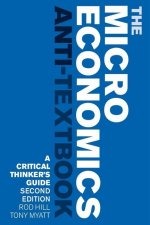
Microeconomics Anti-Textbook
25.87 € -10 % -
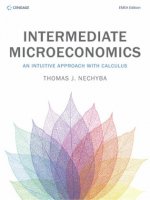
Intermediate Microeconomics
94.27 € -
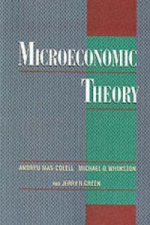
Microeconomic Theory
175.76 € -
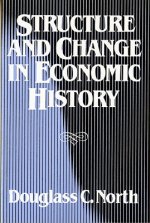
Structure and Change in Economic History
39.47 € -

Intermediate Microeconomics A Modern Approach 9th International Student Edition + Workouts in Intermediate Microeconomics for Intermediate Microeconom
98.63 € -

Tsukiji
42.61 € -

Reinventing the Bazaar
16.84 € -12 % -

Firm Commitment
43.73 € -
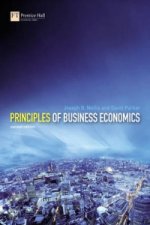
Principles of Business Economics
129.48 € -

Household and Family Economics
212.70 € -

Microeconomics: Case Studies and Applications
57.73 € -
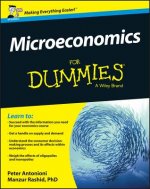
Microeconomics For Dummies, UK Edition
22.11 € -4 % -

Economics of Organizational Design
138.31 € -

Microeconomics
130.60 € -

Microeconomics
77.93 € -

Entrepreneurship, Innovation, and Economic Development
217.67 € -

Value of Everything
18.66 € -8 % -
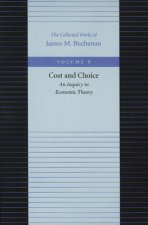
Cost & Choice -- An Inquiry in Economic Theory
17.65 € -

Economic Crisis and Crisis Theory
278.77 € -
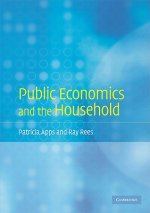
Public Economics and the Household
52.05 € -15 % -

Economics and Consumer Behavior
69.40 € -

Behavioral Economics and the Law
88.79 € -

Modern Principles of Microeconomics
109.49 € -

Latex and Lingerie
65.65 € -

Nature of the Firm
103.81 € -

Workbook for Microeconomics
47.79 €
Osobný odber Bratislava a 2642 dalších
Copyright ©2008-24 najlacnejsie-knihy.sk Všetky práva vyhradenéSúkromieCookies



 21 miliónov titulov
21 miliónov titulov Vrátenie do mesiaca
Vrátenie do mesiaca 02/210 210 99 (8-15.30h)
02/210 210 99 (8-15.30h)